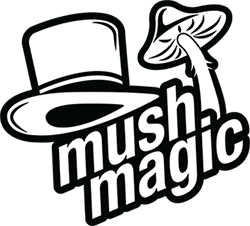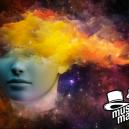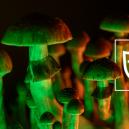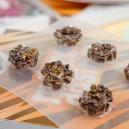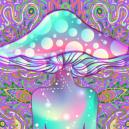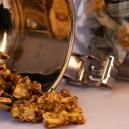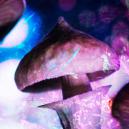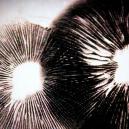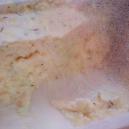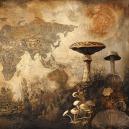Do Magic Mushrooms Affect Cluster Headaches?
Published :
December 1st, 2022
Categories :
Default
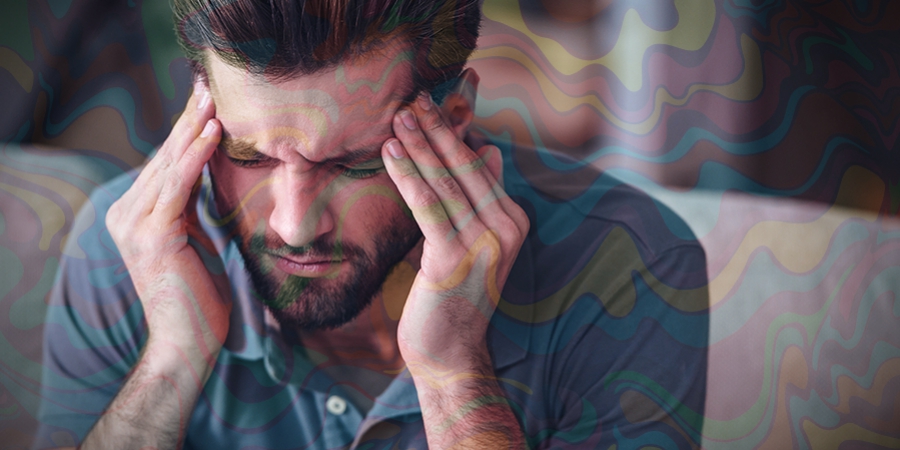
Cluster headaches, sometimes known by the more ominous moniker "suicide headaches", can be truly debilitating. With a lack of effective long-term treatments available, the world is looking to psychedelics as a potential alternative. But what does the research say?
Cluster headaches are a highly debilitating type of headache with no known cause and a lack of effective treatments. Here we look into whether psilocybin (and LSD) may be able to affect them. Though limited, we assess the available research to see if psychedelics have genuine potential against the causes and symptoms of cluster headaches.
WHAT ARE CLUSTER HEADACHES?
Also going by the more ominous “suicide headaches”, this title indicates just how severe cluster headaches can be, and the degree of suffering they can cause.
Usually, cluster headaches appear on one side of the head, centred around the eye. Alongside extreme pain, they can be accompanied by symptoms of nasal congestion and inflammation. This condition is most likely to appear between the ages of 20 and 40, and is up to four times more common in men. As well as appearing suddenly, cluster headaches also tend to eventually disappear as sufferers get older.
Why the name? Unlike migraines, which can occur fairly consistently, or rarely, cluster headaches tend to appear in groups—or clusters. Periods in which these headaches occur can last from months to around a year, with each headache lasting between 15 minutes and 3 hours.
WHY DO CLUSTER HEADACHES HAPPEN?
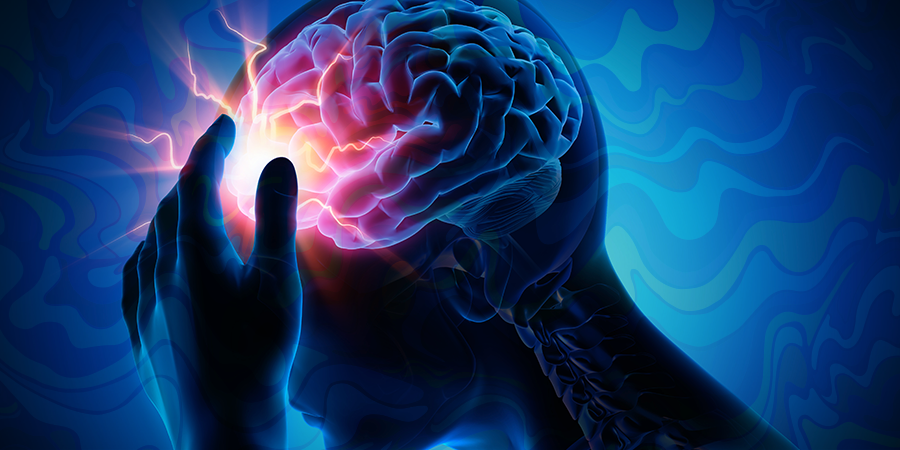
What causes cluster headaches? The answer to this question is proving very illusive. Though the cause(s) is unknown, there are few theories. To start, it’s thought that the trigeminal nerve and the facial nerve have a role to play in cluster headaches (Ferraro et al., 2019). Older theories suggest that vascular swelling may put pressure on these nerves, thus causing symptoms. However, more recent research indicates it may be far more complex than this.
Though the intricacies are unknown, it seems that genetics plays a major role in causing cluster headaches. For instance, those with a first degree relative who suffers from “suicide headaches” are estimated to be 14–48 times more likely to develop the condition themselves (Nesbitt & Goadsby, 2012). Likewise, around 10% of people who themselves suffer from cluster headaches have a family history of the condition.
Though there appear to be few lifestyle indicators linked to cluster headaches, one behaviour that is implicated is smoking tobacco. Sixty-five percent of cluster headache sufferers either smoke or have a history of smoking tobacco. What’s worse is that quitting appears to have no impact on the condition once it has arisen. That being said, other research suggests that those who have cluster headaches may just be more likely to smoke, and that it cannot be considered a cause (Nesbitt & Goadsby, 2012).
Finally, more recently, PET scans indicate that the hypothalamus becomes activated when cluster headache patients are suffering an attack (Naber et al., 2019). It's posited that, as this is a major biological clock, and cluster headaches appear to have diurnal and seasonal rhythms, issues with the hypothalamus could be a major cause. However, research into this is still in its infancy.
Despite various theories, the true answer remains a mystery. This becomes very evident when you consider that existing treatments are fairly ineffective and mostly tackle the symptoms, rather than the causes.
WHAT ARE THE TREATMENTS FOR CLUSTER HEADACHES?
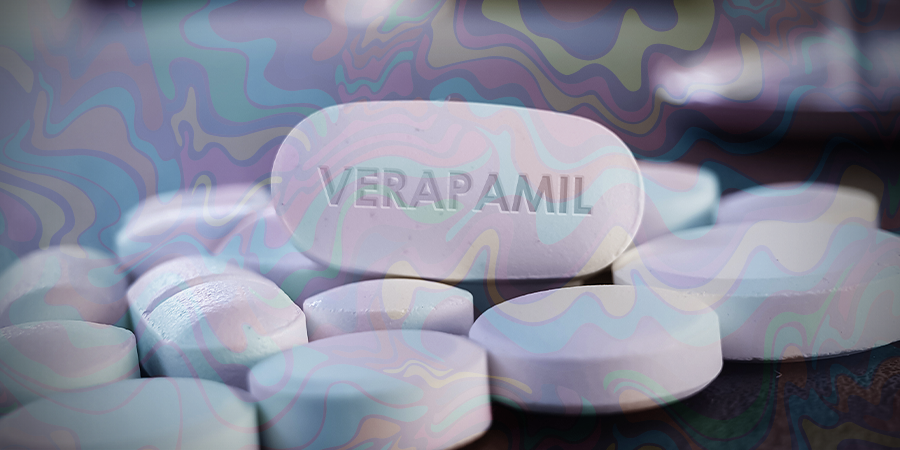
Treatments for cluster headaches come in three categories: abortive, transitional, and preventative. Often, treatments from all three of these categories are used in conjunction.
The primary treatment used is a drug called verapamil. Verapamil is a calcium channel blocker, and affects the circadian rhythm. This supports the theory that the hypothalamus may play a role in causing cluster headaches. Alas, this treatment is not without its side effects, including:
- Chest pain and a fast or slow heartbeat
- Lightheadedness
- Shortness of breath
- Fever
- Stomach pain
- Lung problems
- Anxiety
Moreover, verapamil exhibits a range of dangerous interactions with other drugs, which can make it unsuitable in many cases.
Steroids, particularly glucocorticoids, are used as a treatment when attacks occur. While it proves to be effective within three days, treatments can only last for between 8 and 10 days due to the dangers of taking steroid treatments for prolonged periods. This makes it ineffective in the long run, given how long cluster headaches may persist for.
Finally, in extreme and treatment-resistant cases, surgery may take place. Deep brain stimulation or occipital nerve stimulation are the two surgeries available, and seem to work in around 60% of cases. However, they are invasive treatments that come with the many risks associated with surgery, and are therefore reserved for rare cases.
Given that these treatments are of limited efficacy, and come with a range of negative side effects, there is certainly space for non-invasive treatments capable of exhibiting good results and a smaller, less-severe list of side effects. Recent research suggests that psychedelic drugs may have a role to play here.
PSILOCYBIN AND CLUSTER HEADACHES: WHAT YOU NEED TO KNOW
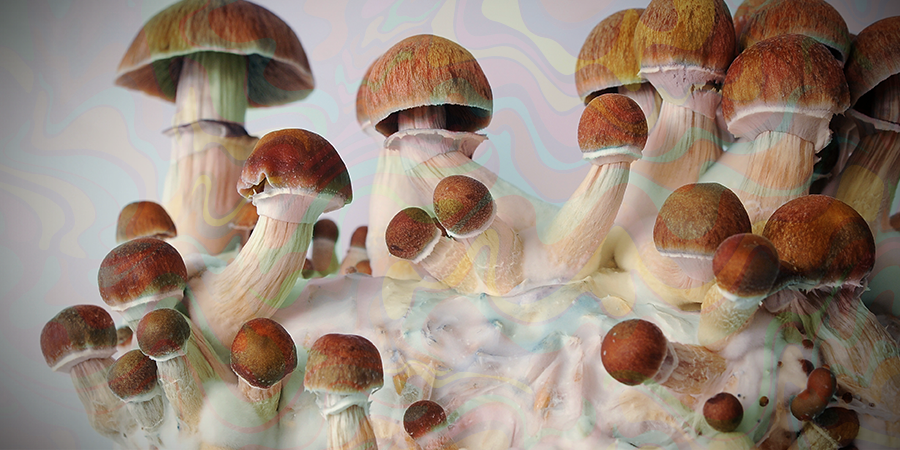
Psilocybin, the active compound in magic mushrooms, is the subject of much research in relation to cluster headaches. Although far from conclusive, preliminary studies and anecdotal evidence show some promise.
HOW DO MAGIC MUSHROOMS AFFECT CLUSTER HEADACHES?
One school of thought behind using magic mushrooms against the symptoms of suicide headaches centres around psilocybin’s indole ring structure (The Psilocybin Mushroom, n.d). Indole rings are thought to interact with serotonin receptors in the brain, and indeed, it is known that psilocybin (more specifically, psilocin) exerts its effects in part by interfacing with serotonin 2A receptors.
The theory suggests that activation of serotonin receptors may cause vasoconstriction (the constriction of blood vessels), thereby reducing pressure on the trigeminal nerve. Though it is not known if this is the cause of cluster headaches, if it is, it may help to shed some light on psilocybin’s potential.
CAN MAGIC MUSHROOMS ABORT CLUSTER HEADACHES?
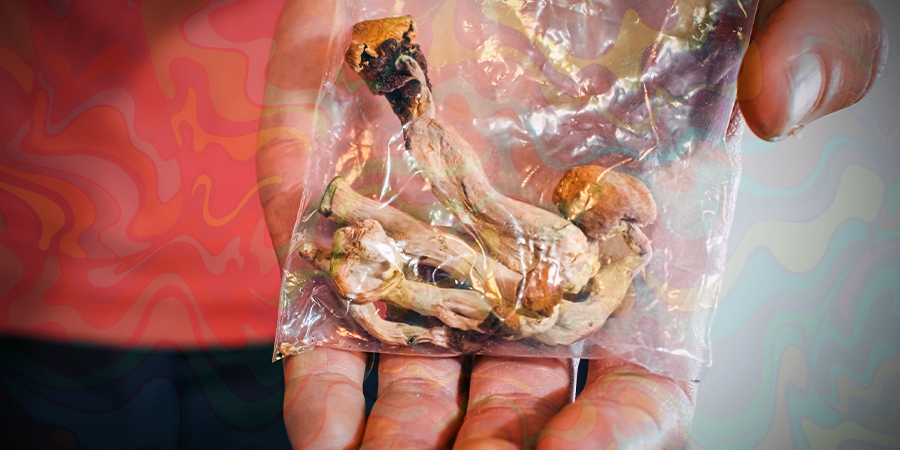
An early piece of research suggests significant effects regarding both psilocybin and LSD in relation to cluster headaches (Sewell et al., 2006).
The researchers interviewed 53 cluster headache patients who had used either psilocybin or LSD for their cluster headaches. Their results showed the following:
- 22 of 26 psilocybin users reported that it aborted their attacks.
- 25 of 48 psilocybin users reported termination of a single cluster of attacks; 7 out of 8 LSD users reported the same thing.
- 18 of 19 psilocybin users reported extensions of remission periods; 4 of 5 LSD users reported the same.
Though promising, and certainly compelling enough to warrant further research, this is not enough to draw conclusions from. First, the pool of patients was very small, and much larger studies are necessary. Second, there are no controls, so there’s no way to know whether the psychedelic drugs had causal effects, or whether their usage just correlates with abortion/remission. Finally, it's not clear what other medications these patients were taking at the same time, and so neither psilocybin nor LSD can be isolated as a cause.
CAN MAGIC MUSHROOMS CAUSE REMISSION OF CLUSTER HEADACHES?
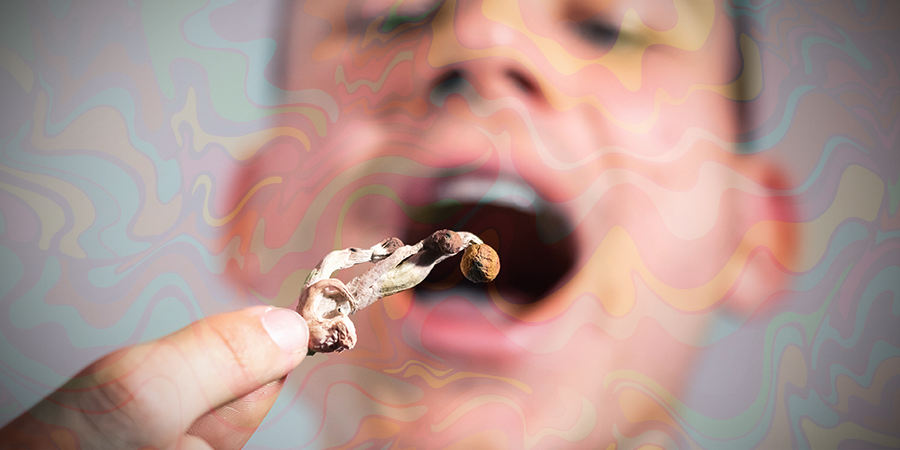
A larger, similar piece of research to the above surveyed 496 cluster headache sufferers (Schindler et al., 2015). It noted significant effects from both psilocybin and LSD in relation to cluster headache abortion and remission. Respondents noted that these drugs were able to abort attacks and cause lasting remission. What’s more, they also felt that the psychedelics tended to be more effective than the existing medications they were taking.
Interestingly, it was also reported that both small and infrequent doses seemed to be effective. So rather than regularly taking large, highly psychedelic doses of these drugs, they were able to get desired results from non-hallucinogenic doses.
Again, while promising, this research has some issues. It did not take place in a clinical setting, but rather relied on respondents answering an online survey. Furthermore, though the anecdotal evidence is compelling, there is no way to be certain of whether the psychedelic drugs were actually causing the observed effects. Nevertheless, it's certainly enough to compel further research.
WHAT ABOUT LSD AND CLUSTER HEADACHES?
As you may have noticed, these studies do not solely focus on psilocybin, but also LSD. In fact, some studies indicate that LSD may be more effective than psilocybin in this regard. What’s important to note is that both LSD and psilocybin have indole rings, which helps to support the theory that it is these parts of their molecular makeup that allow them to exert compelling effects.
Generally, psilocybin has the advantage over LSD of having fewer negative side effects. That being said, if non-hallucinogenic doses of either drug are sufficient, determining which one is more effective at causing abortion and remission is well worth it.
CLUSTER HEADACHES: A LOT WE DON’T KNOW
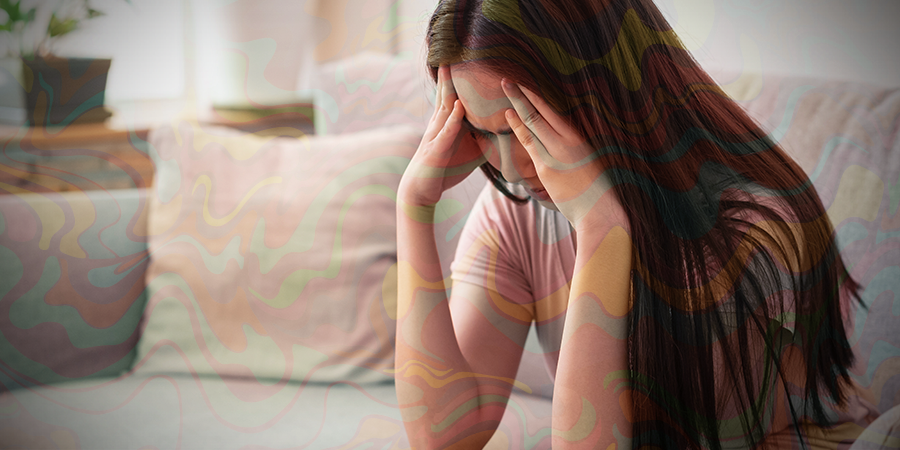
Cluster headaches remain a mystery, and treatments remain few and problematic. However, the current research is not enough to support psilocybin or LSD as viable treatments for this condition, and we would not recommend pursuing it without professional medical support.
Regardless, it seems that there is enough evidence to support further research into the interactions between psychedelics and cluster headaches, in hopes of helping the people struggling with this highly debilitating condition.
